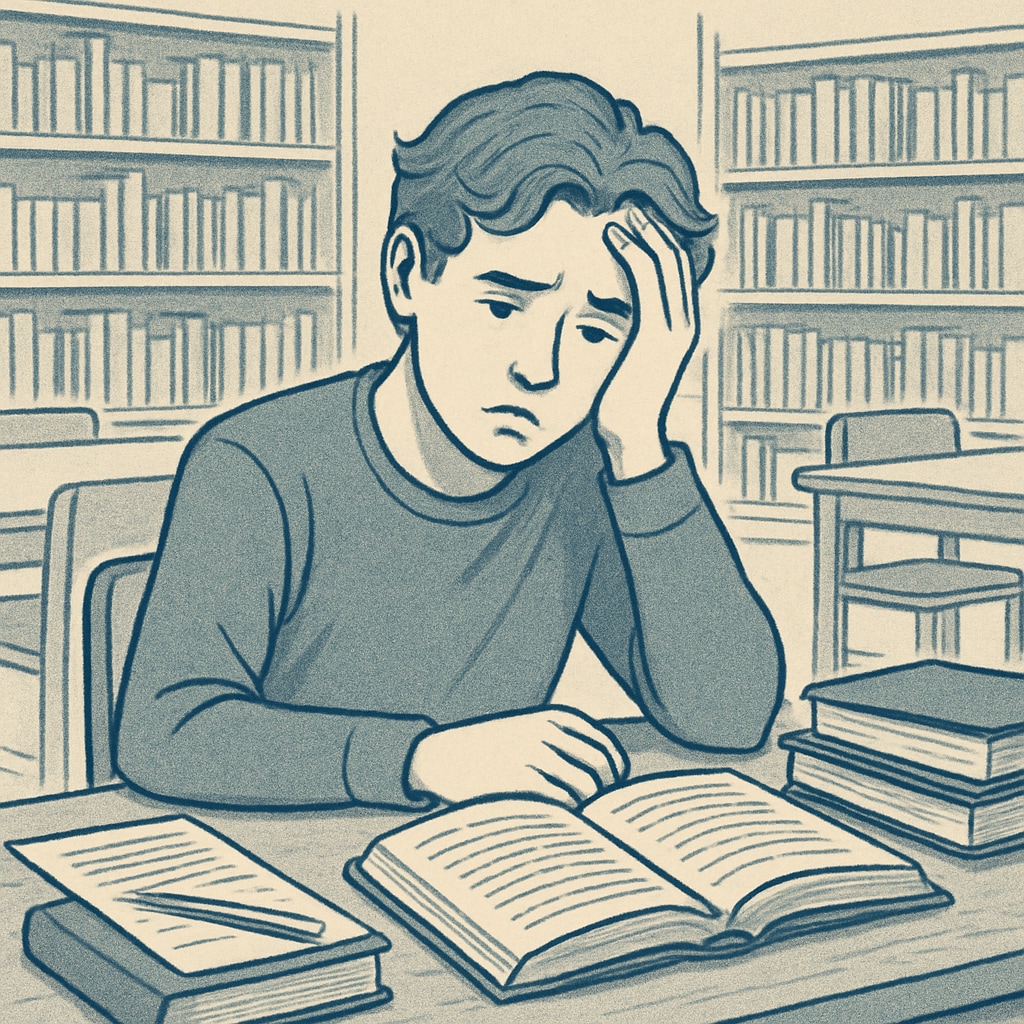False plagiarism accusations made by professors can be a devastating experience for students, severely impacting their trust, academic journey, and mental well-being. In an education system that emphasizes academic integrity, such unjust claims can arise due to systemic flaws, misunderstandings, or over-reliance on detection tools. This article delves into the causes behind these mistaken allegations, their profound effects on students, and actionable solutions to foster a trust-based academic environment.
Understanding the Causes Behind False Plagiarism Allegations
Plagiarism, or the act of presenting someone else’s work as your own, is a serious offense in academia. However, false accusations of plagiarism often stem from nuanced factors that are overlooked. Understanding these causes is essential to addressing the issue effectively.
- Over-reliance on plagiarism detection software: Tools like Turnitin or Grammarly are widely used to identify potential cases of plagiarism. However, these tools often flag common phrases, technical jargon, or even self-citations as copied content, leading to incorrect conclusions.
- Lack of context: Professors may not always take the time to understand the student’s process or background. For example, students from non-English-speaking countries might unintentionally use phrasing that appears similar to published works due to linguistic limitations.
- Implicit bias: In some cases, unconscious biases regarding a student’s academic performance or background may influence a professor’s judgment.
- High workload and time constraints: Professors often juggle teaching, research, and administrative responsibilities, which can lead to rushed evaluations of student work and hasty conclusions.

The Psychological and Academic Impact on Students
When students are falsely accused of plagiarism, the consequences can be far-reaching. Such incidents affect not only their academic standing but also their mental health and trust in the education system.
- Loss of confidence: Being accused of wrongdoing, especially when innocent, can erode a student’s self-esteem and belief in their abilities.
- Damaged reputation: Even if the accusation is later disproven, the stigma of being associated with academic dishonesty can linger.
- Mental health struggles: Feelings of guilt, anxiety, and helplessness are common among students who face false accusations.
- Erosion of trust: Students may lose faith in their professors and the broader education system, leading to disengagement and reduced academic effort.
For example, a case study on Wikipedia highlights how false plagiarism claims can lead to long-term consequences for students, including difficulty in pursuing higher education or securing professional opportunities.
Building a Trust-Based Academic Integrity System
To mitigate the occurrence of false plagiarism accusations, educational institutions must adopt proactive measures. A trust-based academic integrity system can create a safer environment for both professors and students.
- Promote transparency: Professors should explain their evaluation process and provide students with opportunities to discuss flagged work before making accusations.
- Enhance training: Regular workshops can help educators understand the limitations of plagiarism detection tools and recognize cultural or linguistic factors that may influence student writing.
- Encourage open communication: Building strong professor-student relationships can reduce misunderstandings and foster mutual respect.
- Develop clear policies: Institutions should establish guidelines for handling plagiarism cases, ensuring that students are given a fair chance to defend their work.

Conclusion: A Call for Reflection and Change
False plagiarism accusations represent a significant challenge in modern education, undermining the very principles of fairness and integrity that the system seeks to uphold. By addressing the root causes, acknowledging the psychological toll on students, and fostering a culture of trust, educators can create a more equitable and supportive academic environment. Ultimately, the goal should be to preserve academic integrity without compromising the well-being of the individuals it is meant to protect.
For further insights into academic integrity, visit Britannica’s article on Academic Integrity.
Readability guidance: This article has been structured to ensure clarity and accessibility. Short paragraphs, active voice, and transitional phrases have been used to maintain reader engagement. Lists and headings break down complex topics for easier comprehension.


